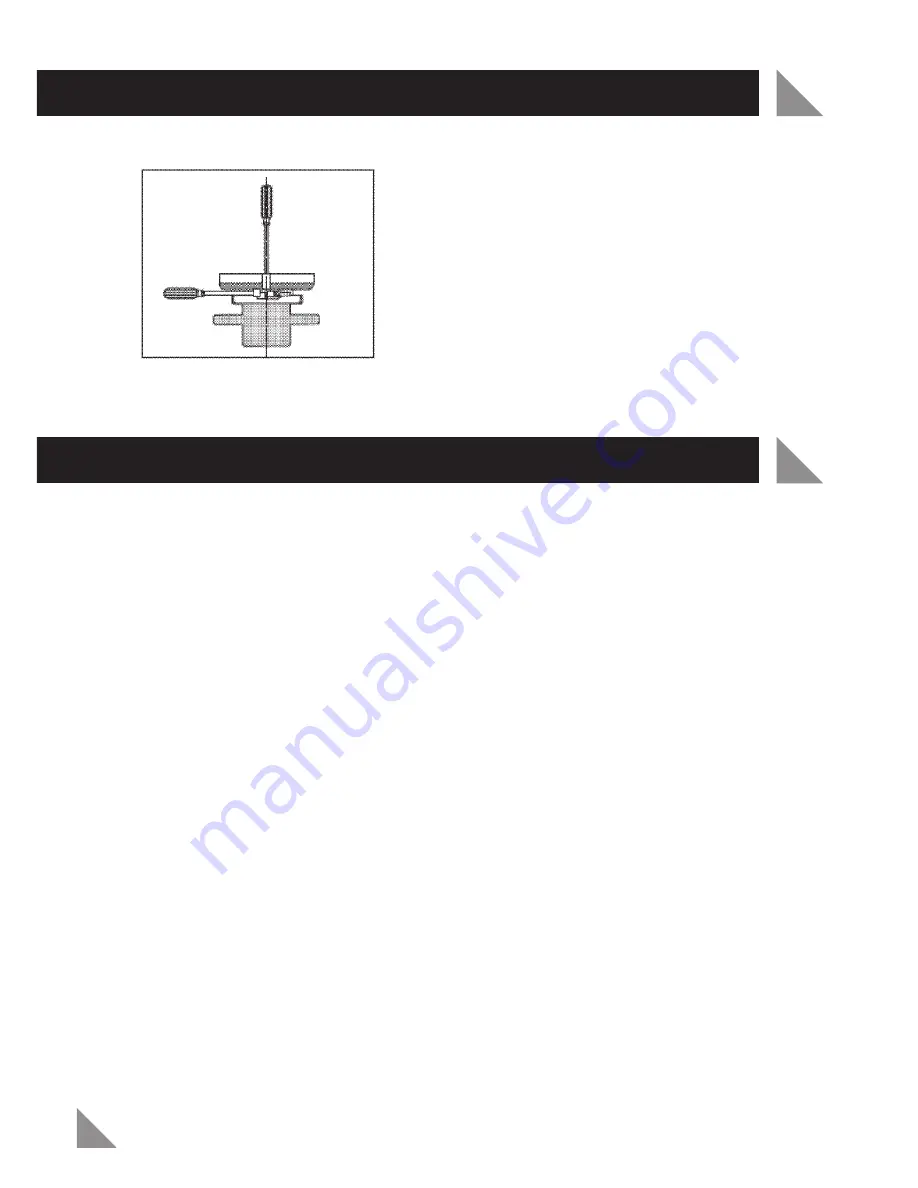
10
TOOL OPERATION (cont.)
MAINTENANCE
To remove foam pad
1.
Insert any long-bladed screwdriver between
the foam pad (3) and the motor housing (7)
as shown in Fig. 7 and hold in position.
2.
Using a flat-bladed screwdriver, remove the
screw holding the foam pad (3) by turning
it clockwise.
3.
To reinstall the foam pad (3), turn the screw
anticlockwise.
1. The bonnets are machine washable in cold water. However, hand washing will
extend the life of the bonnet.
2. Always store the polisher with the foam pad face up to extend pad life and shape.
3. When not in use, remove bonnet from the foam pad. This will ensure that the
foam pad will dry out and retain its shape.
4. After each use, blow air through the tool housing to ensure it is free from all
dust particles that may build up. Build up of dust particles may cause the tool
to overheat and fail.
5. If the housing of the tool requires cleaning do not use solvents but a moist soft
cloth only. Never let any liquid get inside the tool; never immerse any part of
the tool into a liquid.
Note:
Ozito Industries will not be responsible for any damage or injuries caused
by the repair of the tool by an unauthorised person or by mishandling of the tool.
Fig. 7












